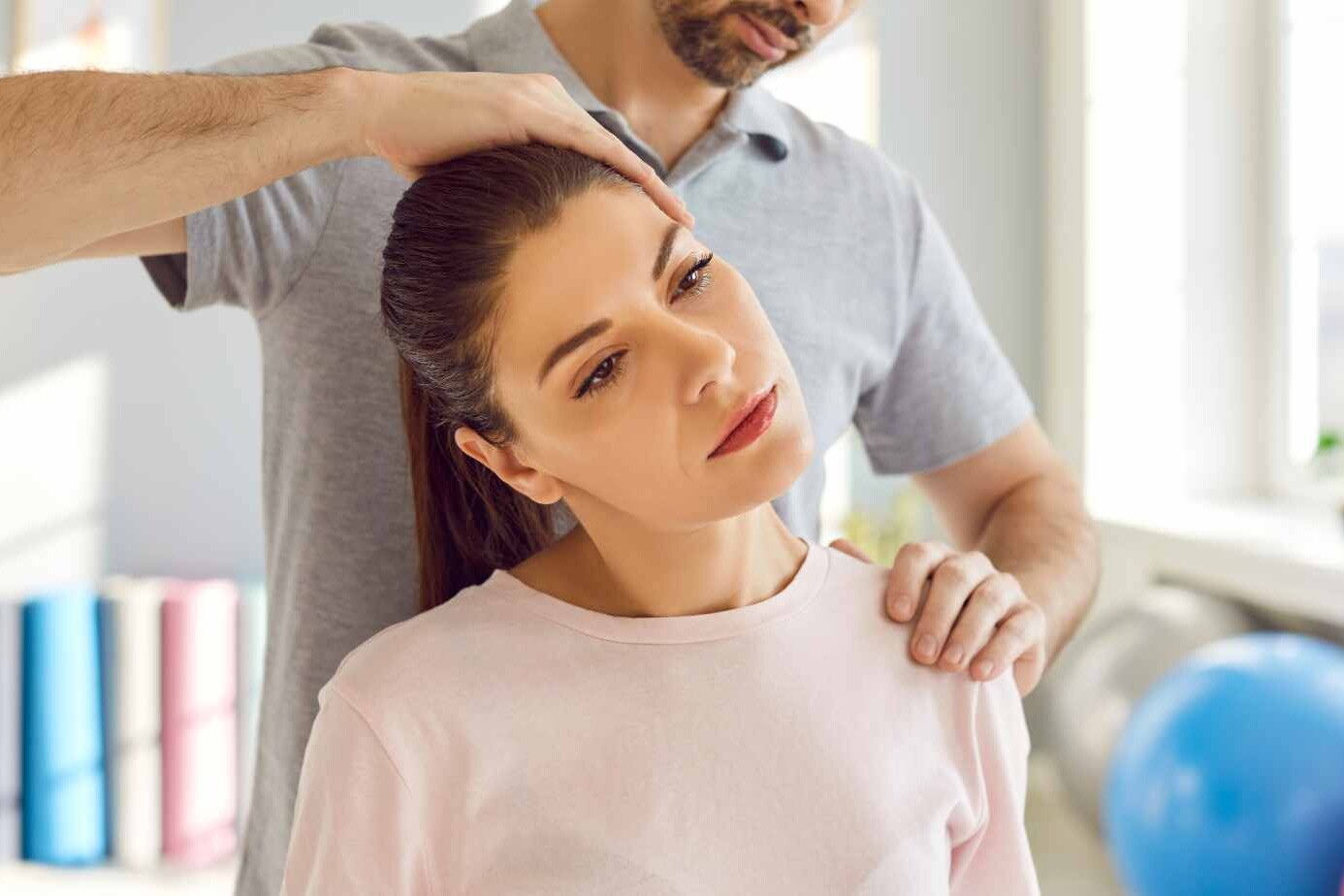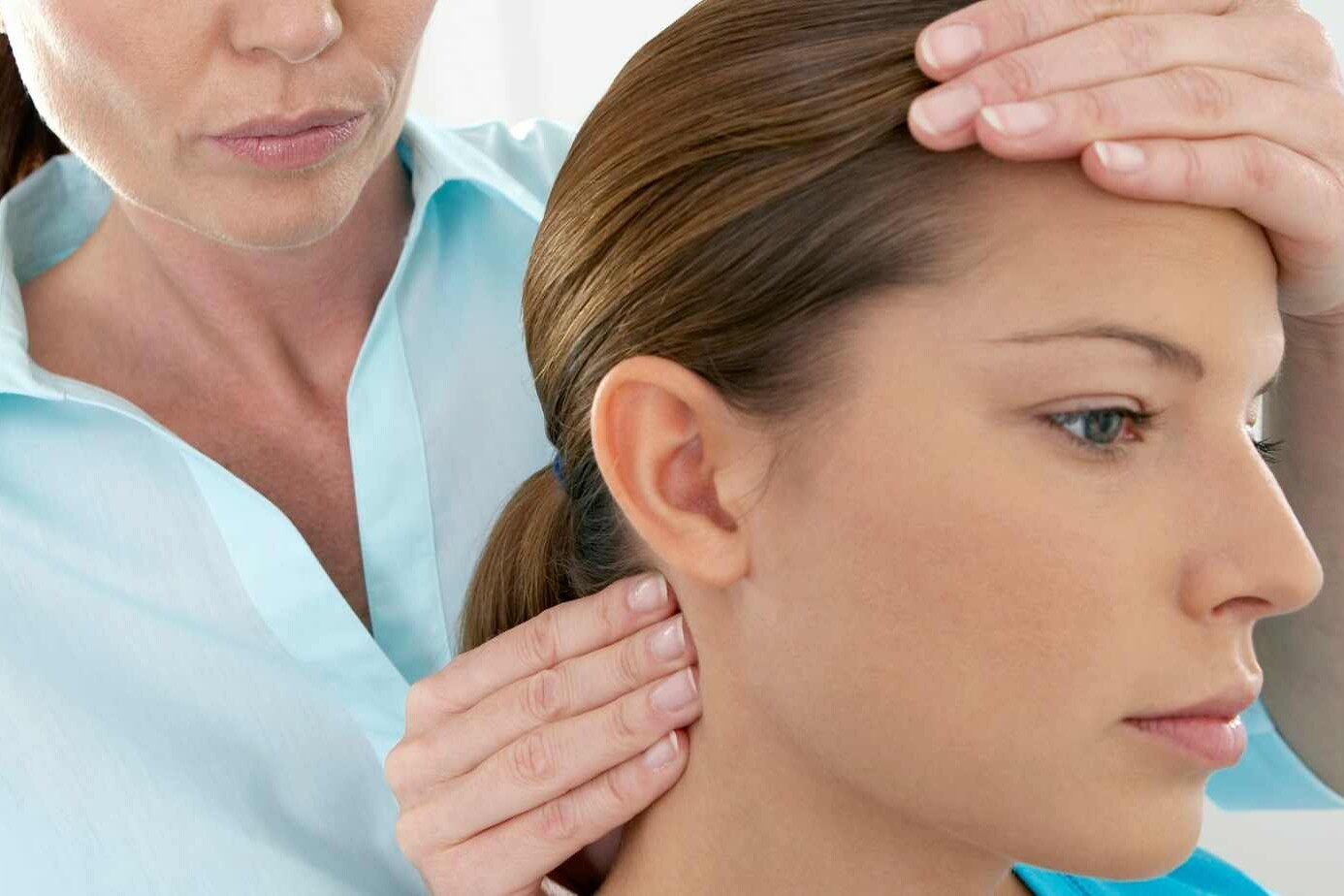If you’re experiencing abnormal neck movements or pain, you may be dealing with cervical dystonia, also known as spasmodic torticollis. This rare condition is characterized by involuntary contractions of the neck muscles, causing your head to twist or turn to one side and tilt forward or backward.
The early signs of cervical dystonia can vary, but some common symptoms include twisting of the chin toward the shoulder, ear toward the shoulder, chin straight up or down, and jerking motion of the head. Many people also experience neck pain that can radiate into the shoulders and may suffer from headaches.
Cervical dystonia primarily affects middle-aged individuals, and women are more prone to developing the condition than men. While there is no known cure for cervical dystonia, there are relief strategies available to manage the symptoms and improve your quality of life.
One of the most common treatments is injecting botulinum toxin into the affected muscles, which helps reduce symptoms by reducing muscle contractions. In severe cases, surgery might be an option, although sustained remissions are uncommon.
It’s important to work closely with healthcare professionals to find the most effective treatment approach for your specific needs. By seeking appropriate medical care and exploring available relief strategies, you can navigate the challenges of cervical dystonia and improve your overall well-being.
Table of Contents
ToggleCauses of Cervical Dystonia
The exact cause of cervical dystonia is unknown in most cases. However, researchers have found gene mutations associated with the condition. It is believed that a genetic susceptibility may underlie some cases. Additionally, cervical dystonia can sometimes be linked to head, neck, or shoulder injuries. While the disorder can occur at any age, it most commonly begins after the age of 30. Women are more likely to develop cervical dystonia than men, and individuals with a family history of the disorder are at higher risk.
If you have cervical dystonia, understanding the potential causes can help you better navigate your condition. Although the exact mechanism remains elusive, gene mutations and injury may play significant roles. It’s important to note that being a woman and having a family history of cervical dystonia increases your risk. By being aware of these factors, you can better assess your own situation and seek the appropriate medical care.

If you’ve been diagnosed with cervical dystonia, it’s natural to wonder what might have caused it. While medical professionals are still uncovering the precise triggers, gene mutations and injuries to the head, neck, or shoulders have been linked to the condition. Furthermore, being female and having a family history of cervical dystonia can increase your likelihood of developing the disorder. Understanding these potential causes can provide insight into your own experience and encourage you to seek treatment tailored to your needs.
Complications of Cervical Dystonia
In some cases, the involuntary muscle contractions in cervical dystonia can spread to nearby areas of the body, such as the face, jaw, arms, and trunk. This can lead to additional symptoms and difficulties.
Table: Complications of Cervical Dystonia
| Complication | Description |
|---|---|
| Involvement of nearby areas | The muscle contractions may extend to the face, jaw, arms, and trunk, causing additional symptoms and challenges. |
| Development of bone spurs | Cervical dystonia can lead to the formation of bone spurs, which can reduce the space in the spinal canal, resulting in tingling, numbness, and weakness in the arms, hands, legs, or feet. |
| Risk of cervical spine arthritis | Individuals with cervical dystonia are at a higher risk of developing cervical spine arthritis, a condition characterized by inflammation and stiffness in the neck. |
| Pain and exhaustion | The pain associated with cervical dystonia can be severe and disabling, leading to feelings of exhaustion. |

These complications can greatly impact the daily lives of individuals with cervical dystonia, causing physical discomfort and emotional distress. Seeking appropriate medical care and exploring available treatment options can help manage these complications and improve the overall quality of life for those with cervical dystonia.
Treatment Options for Cervical Dystonia
While there is no cure for cervical dystonia, there are several treatment options available to manage symptoms. The primary treatment for pain relief is botulinum toxin injections into the affected neck muscles. These injections can help reduce muscle contractions and alleviate pain. Other treatment options may include oral medications, such as anticholinergics, dopaminergics, GABAergics, and anticonvulsants, which can help relieve symptoms in some individuals. Physical therapy, including massage, heat, stretching, and strengthening exercises, may also be beneficial. In some cases, biofeedback, which uses an electronic instrument to measure muscle activity and provide feedback to help manage involuntary movements, may be recommended. Surgical procedures, such as cutting the nerves in the brain or deep brain stimulation, may be considered in severe cases or when other treatments do not work. It is important to note that treatment approaches may vary depending on individual cases, and what works for one person may not work for another.
Comparison of Cervical Dystonia Treatment Options
| Treatment Option | Description | Pros | Cons |
|---|---|---|---|
| Botulinum Toxin Injections | Injections into affected neck muscles | Reduces muscle contractions and pain | Temporary relief, requires frequent injections |
| Oral Medications | Anticholinergics, dopaminergics, GABAergics, and anticonvulsants | Relieves symptoms for some individuals | Possible side effects, not effective for everyone |
| Physical Therapy | Massage, heat, stretching, and strengthening exercises | Improves flexibility and strength | Requires ongoing commitment, may not provide complete relief |
| Biofeedback | Electronic instrument measures muscle activity and provides feedback | Aids in managing involuntary movements | May not be widely available, requires training |
| Surgical Procedures | Cutting nerves in the brain or deep brain stimulation | May provide long-lasting relief | Risk of complications, not suitable for all individuals |
Outlook for Cervical Dystonia
Cervical dystonia is a serious neurological disorder with no known cure. However, treatments for the condition have improved over the years and continue to advance through research studies and clinical trials. Most individuals with cervical dystonia will require ongoing treatment to manage their symptoms and improve their quality of life.
While some people may experience temporary remissions, permanent remissions are rare. It is important for individuals with cervical dystonia to work closely with healthcare professionals to find the most effective treatment approach for their specific needs.
The Dystonia Medical Research Foundation can provide information and resources, including support groups, to individuals seeking additional support and assistance.
| Outlook for Cervical Dystonia | Key Points |
|---|---|
| Ongoing Treatment | Most individuals with cervical dystonia require ongoing treatment to manage their symptoms. |
| Advancing Treatments | Research studies and clinical trials continue to improve treatment options for cervical dystonia. |
| Rare Remissions | While some people may experience temporary remissions, permanent remissions are rare. |
| Collaboration with Healthcare Professionals | Working closely with healthcare professionals is crucial to finding the most effective treatment approach. |
| Support and Resources | The Dystonia Medical Research Foundation offers support and information for individuals with cervical dystonia. |
Conclusion
Cervical dystonia, a rare and painful disorder characterized by involuntary muscle contractions in the neck, can greatly impact your daily life. The symptoms include twisted or turned positions of the head, resulting in discomfort and difficulties with routine activities. While a cure for cervical dystonia is yet to be found, there are various treatment options available to manage the symptoms and improve your quality of life.
Relief strategies for cervical dystonia may involve several approaches tailored to your individual needs. One commonly recommended treatment is botulinum toxin injections, which can help reduce muscle contractions and alleviate pain for a certain period. Additionally, oral medications, physical therapy, and even surgical procedures may be suggested by your healthcare professionals, depending on the severity and specific circumstances of your condition.
It is crucial to seek appropriate medical care and work closely with healthcare professionals to find the most suitable relief strategies for cervical dystonia. They can guide you through the available options and help create a personalized treatment plan specifically designed to address your symptoms and improve your overall well-being. By actively participating in your treatment journey and staying informed, you can better manage your cervical dystonia and lead a more fulfilling life.
FAQ
What are the symptoms of cervical dystonia?
The most common symptoms of cervical dystonia include twisting of the chin toward the shoulder, ear toward the shoulder, chin straight up or down, and jerking motion of the head. Neck pain, which can radiate into the shoulders, and headaches are also common.
What causes cervical dystonia?
The exact cause of cervical dystonia is unknown in most cases. However, researchers have found gene mutations associated with the condition. It is believed that a genetic susceptibility may underlie some cases. In some instances, cervical dystonia can be linked to head, neck, or shoulder injuries.
What complications can arise from cervical dystonia?
In some cases, the involuntary muscle contractions in cervical dystonia can spread to nearby areas of the body, such as the face, jaw, arms, and trunk. This can lead to additional symptoms and difficulties. People with cervical dystonia may also develop bone spurs that can reduce the space in the spinal canal and cause tingling, numbness, and weakness in the arms, hands, legs, or feet. Additionally, individuals with cervical dystonia have a higher risk of developing cervical spine arthritis.
What treatment options are available for cervical dystonia?
The primary treatment for cervical dystonia is injecting botulinum toxin into the affected neck muscles, which can help reduce muscle contractions and alleviate pain. Other options include oral medications, physical therapy exercises, and surgical procedures such as cutting the nerves in the brain or deep brain stimulation.
What is the outlook for people with cervical dystonia?
While there is no cure for cervical dystonia, treatments have improved over the years and ongoing research may lead to further advancements. Most individuals with cervical dystonia will require ongoing treatment to manage their symptoms. While some people may experience temporary remissions, permanent remissions are rare.
What should I do if I have cervical dystonia?
If you have cervical dystonia, it is important to seek appropriate medical care and work closely with healthcare professionals to find relief strategies that are tailored to your specific needs. The Dystonia Medical Research Foundation can provide information and resources, including support groups, to individuals seeking additional support and assistance.
Source Links
About The Author

This article is medically reviewed by Dr. Chandril Chugh, Board-Certified Neurologist, providing expert insights and reliable health information.
Dr. Chandril Chugh is a U.S.-trained neurologist with over a decade of experience. Known for his compassionate care, he specializes in treating neurological conditions such as migraines, epilepsy, and Parkinson’s disease. Dr. Chugh is highly regarded for his patient-centered approach and dedication to providing personalized care.
→ Book a consultation to discover which remedies suit your needs best.




